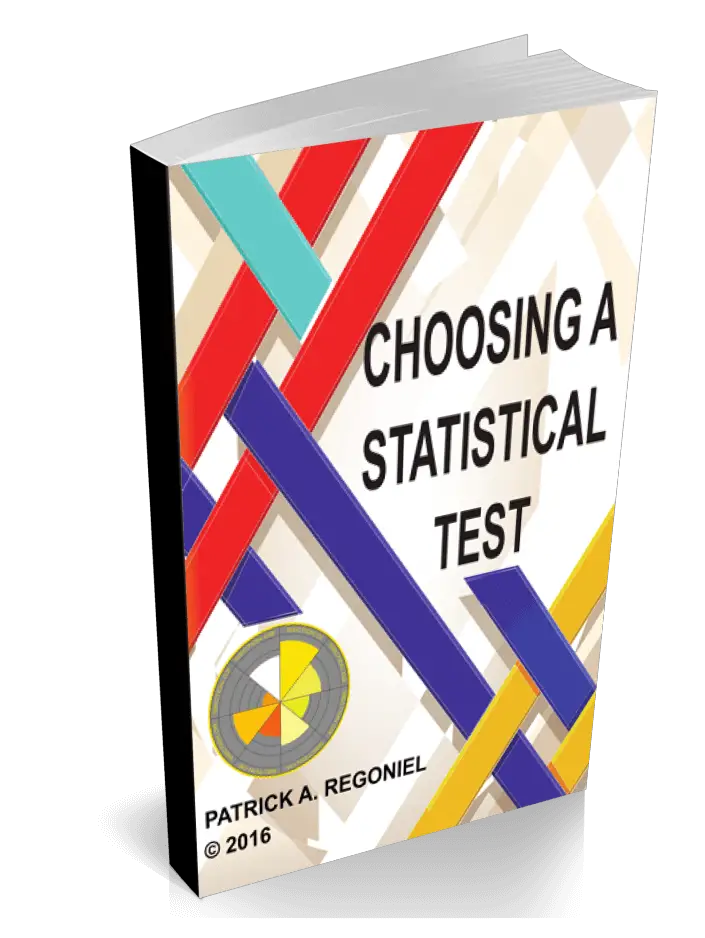Description
Beginning researchers who want to do their data analysis almost always face the dilemma of choosing a statistical test that matches the data they have collected in the field. They find themselves torn between engaging a professional statistician and doing the work themselves given the plethora of statistical software applications available at their disposal.
Dilemma in Choosing a Statistical Test
I identify with these researchers, having had the same dilemma twenty-two years ago. After having developed the skills to analyze data using different statistical software applications, I would say that the most difficult decision situation I ever encountered when analyzing data was the choice of statistical test. This difficulty becomes more pronounced in those times that clients do not consult a statistician before embarking on their study.
Graduate students who have not had a good background in statistics or simply have math anxiety do not realize the statistical significance of the data they gather in the field. Almost always, the data gathering method and the data itself do not meet the necessary requirements for a sound statistical test. As a result, I just have to make do with whatever data they have asked me to process given the urgency of keeping up with their thesis requirement for graduation.
Data Inconsistency and Its Implications
Usually, I would apply non-parametric tests to avoid the data’s normal distribution requirement. In one case, I have to decline analysis of the client’s data because of inconsistency in data collection. She did the data gathering in two batches. Unwittingly, she used a different set of parameters for the questionnaire in the second batch of data collection. It is just impossible to merge the two data sets.
I asked her to gather the data again. Instead, she told me to tweak the data. But that will be intellectual dishonesty, and I would never do it. Erroneous data results to erroneous conclusions. It will be a disservice to the public who should benefit from the findings.
So how can one avoid such data weaknesses that threaten data validity and the strength of a study’s conclusions?
If you are just beginning to work on your thesis or research proposal, then you should be well familiar with the type of data that you will gather to avoid repeating the study or going back to the field to collect appropriate data. Avoid incurring additional cost as well as a considerable time and be spared of the agonizing delay in getting your degree.
Choosing a Statistical Test
To empower you in choosing the statistical test for the type of data that you will gather, you should be well familiar with the types of variables that describe the phenomenon you are investigating. You should also be able to discern the correct statistical test for your samples especially if you are dealing with two or more groups of samples. And finally, you should be able to state with confidence if the association or correlation statistic that you get after statistical analysis is significant or not.
I invested considerable time in answering these questions which I now publish in a mini-eBook of 27 pages of consolidated information on choosing a statistical test. I simplified the discussion just like the way I write on this site–brief but highly informative eBook with many examples to ensure that you get the information you want.
Get your copy now, be informed, and save time and money in your research venture.



Reviews
There are no reviews yet.